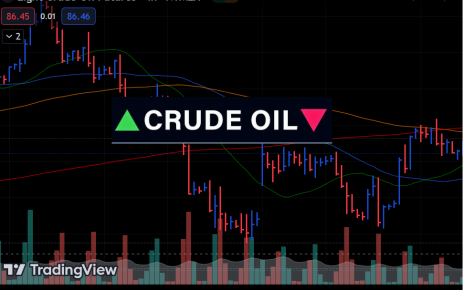- US personal consumption expenditure prices increased by 5.0% in February.
- Consumer sentiment in the United States declined in February.
- The Eurozone’s annual inflation rate fell to its lowest level in March.
Currency futures posted weekly gains on Friday as slowing US consumer spending growth raised expectations that the Federal Reserve would become less aggressive.
According to a report by the US Commerce Department, personal consumption expenditure prices increased 5.0% in February compared to last year. It slowed from a 5.3% rise in January. A measure of core inflation thought to be a stronger predictor of future inflation came in at 4.6%, slightly below expectations.
Additional information revealed that although the effect of the banking crisis was relatively mild, consumer sentiment in the United States declined in February for the first time in four months. This was due to worries about an impending recession.
Data revealed that the Eurozone’s annual inflation rate fell to its lowest in March. However, core price pressures, which do not include food and energy, increased, keeping the ECB under pressure to keep raising rates.
Data revealed that China’s manufacturing activity grew slower in March. This raised concerns about the strength of a post-COVID factory recovery in light of weaker global demand and a downturn in the real estate market. The Australian dollar fell by 0.45%, while the kiwi fell by 0.1% after the report.
Australia and New Zealand’s central banks are expected to convene this week. Markets have factored in a pause for Australia and a slowing of the size of hikes for New Zealand to 25 basis points.
The pound’s value dropped on Friday by 0.4% to $1.2337 as a gloomy economic forecast overshadowed data showing that Britain avoided a recession in the final months of 2022.
At a meeting on Sunday, OPEC+ was expected to maintain the 2 million bpd of production reductions already in place through the end of 2023. Instead, they announced additional output reductions of roughly 1.16 million bpd.
If we assume that the banking turmoil subsides, a higher oil price will pressure global inflation, and the markets will increasingly pay attention to the inflation outlook.
From around 50% on Friday, the market now expects a 70% chance that the Fed will increase interest rates by a quarter point in May. However, forecasts are priced in for cuts of 40 basis points by year’s end.





